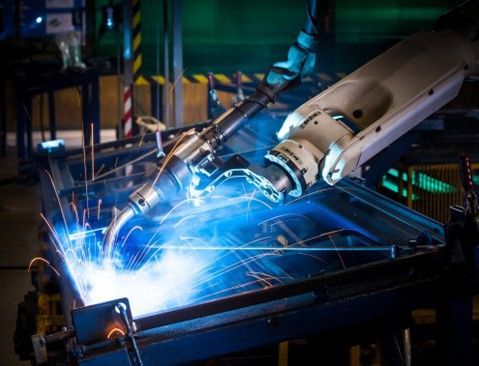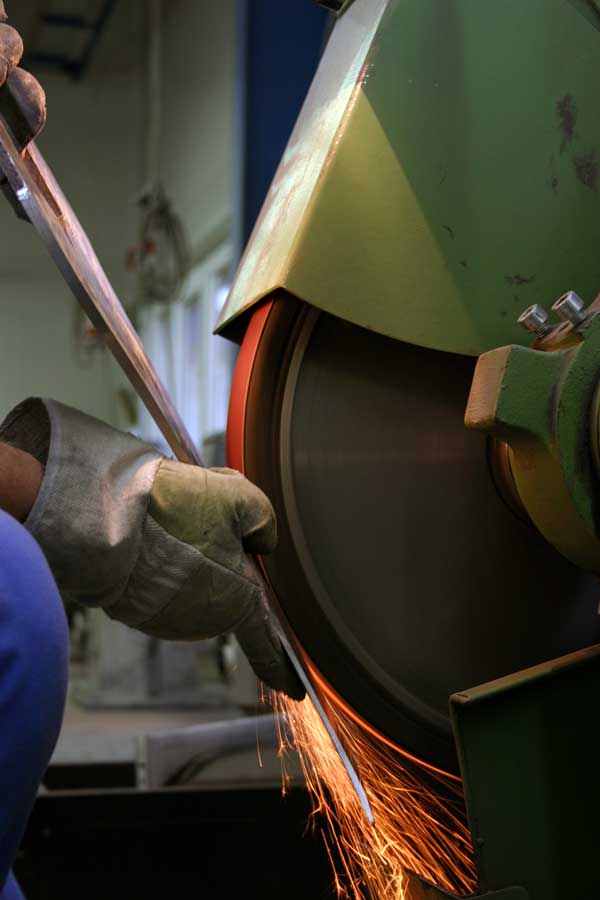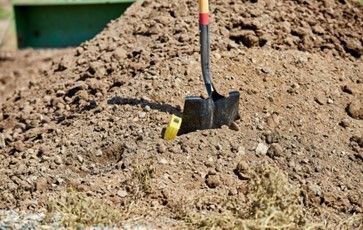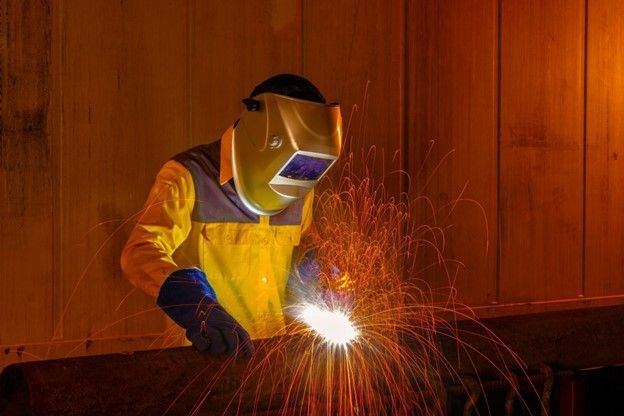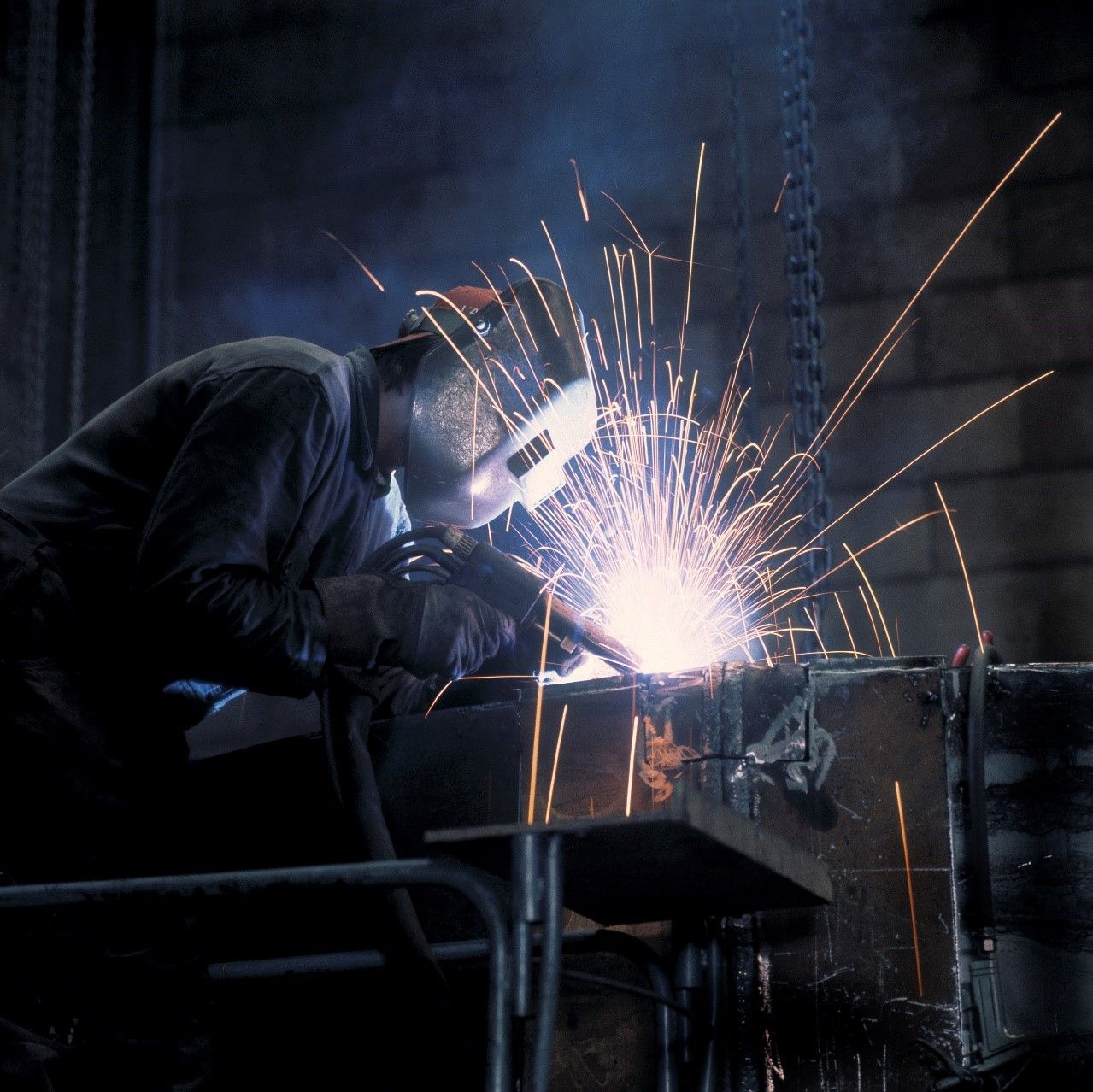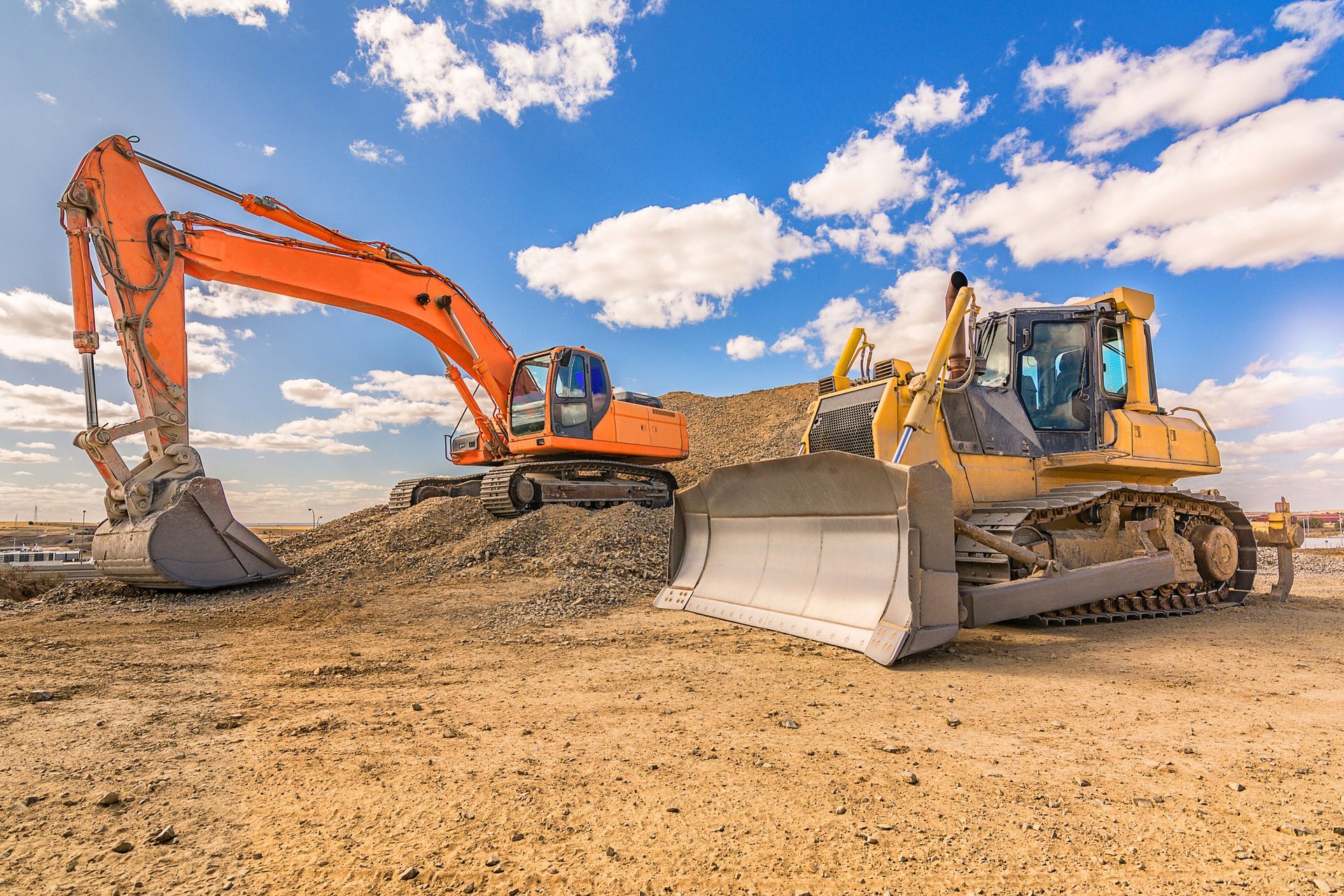s most people know, welding involves the joining together of two or more pieces of metal through the use of high heat and what's called welding flux. Yet in order to ensure successful results, welders must prepare the surfaces thoroughly before welding. One of the most important preparatory techniques goes by the name of beveling.
Beveling involves altering the shape of the metal pieces that will be welded together. Alternating shapes promote a stronger weld, one that is less likely to fail or develop problems as time goes on.
If you would like to learn more about how weld beveling works, read on. This article will discuss how and why metal workers almost always create beveled edges before undertaking a welding project.
In order to promote stronger welds, beveling increases the surface area of the weld site. This increase allows the weld to support greater weights and more intensive use without weakening. Although weld beveling can effectively increase the strength of any weld, it is most commonly used for heavy-duty or industrial applications where part will be exposed to massive amounts of stress.
Beveling involves the removal of metal from the edges of the two pieces of metal being joined. This removal may be accomplished through hand grinding, machining, flame cutting, or waterjet cutting. Generally, metal fabricators use whichever method will grant the fastest and most economical results.
In addition to yielding stronger welds, bevels make the welding process easier by increasing the visibility of the weld site. Bevels also provide depressions into which the molten flux can flow, making it easier to achieve attractive, straight, and uniform welds.
The simplest type of bevel goes by the name of V bevels. Also sometimes also referred to as top bevels or knife bevels, a V bevel involves removing material from the top to the bottom edge of the metal at a 45- degree angle. When the two pieces of metal are brought together, the cut results in a V-shaped declivity.
X bevels are closely related to V bevels. Whereas V bevels involve removing material from only one side of the metal, however, an X bevel removes metal from both sides. Welders can weld both sides of the material, resulting in a stronger joint. Paradoxically, it also requires that less metal be removed from each side since the bevel angle will only be half as steep.
J bevels constitute another common type of bevel. J bevels differ in two key ways from V bevels. For one, the bevel does not extend all the way from the top to the bottom. Instead, a section of unbeveled metal remains at the bottom of the weld area. Second, the bevel does not have a straight shape, but rather curves down to its bottom point.
J bevels tend to be more difficult to accomplish. That said, they offer a number of key benefits. First of all, a J bevel results in a more uniform bonding layer. It also requires less material to fill in a J bevel than a V bevel. Because a J bevel reduces the weld time, it results in a smaller heat-affected zone, which prevents metal fatigue and ensures optimal structural stability in the weld area.
As any experienced welder knows, beveling represents an essential part of the welding process. Without accurate bevels, a weld may not have the strength necessary to hold up over time. For best results, bevels must be cut to extremely tight tolerances.
For more information on the role bevels play in welding, please don't hesitate to
contact the beveling and metal fabrication experts
at 3-B Welding, LLC.
